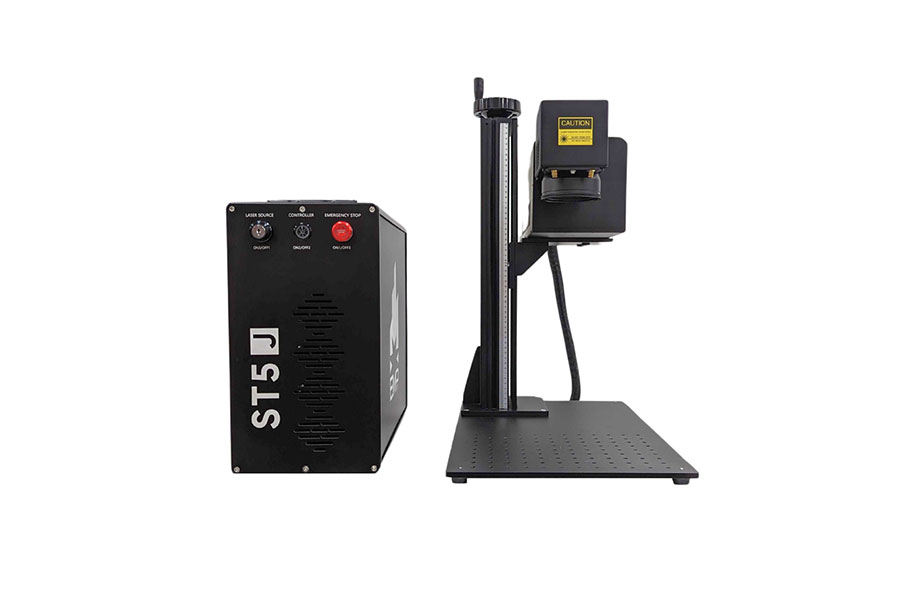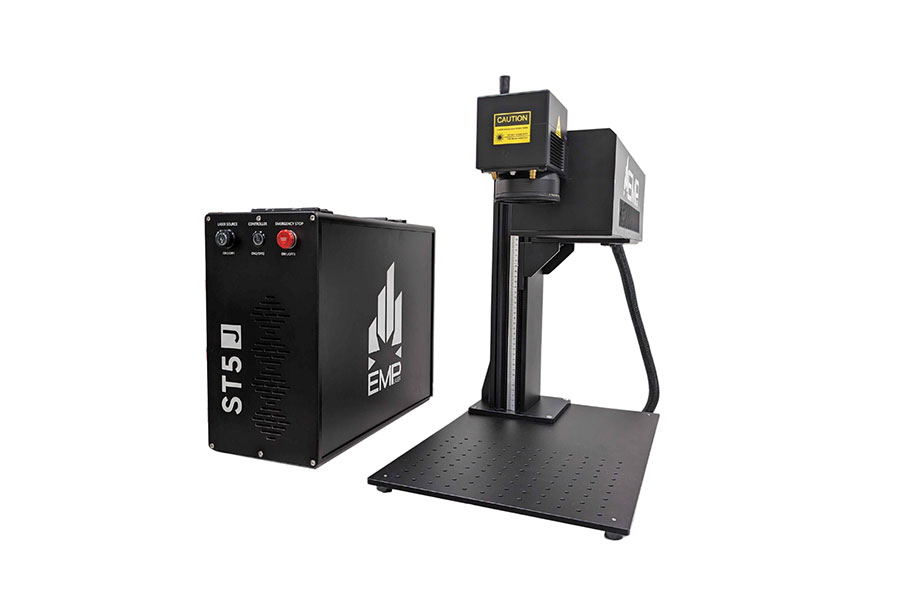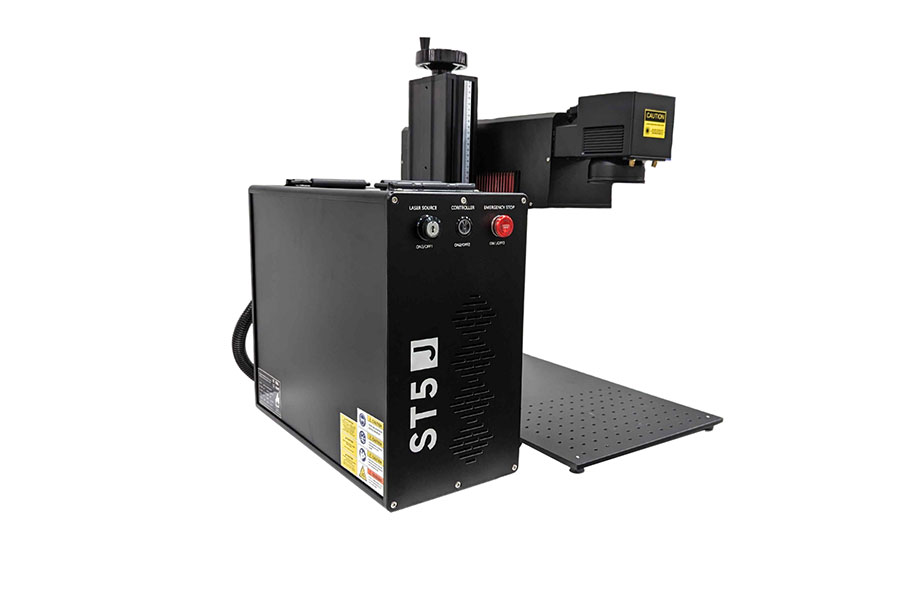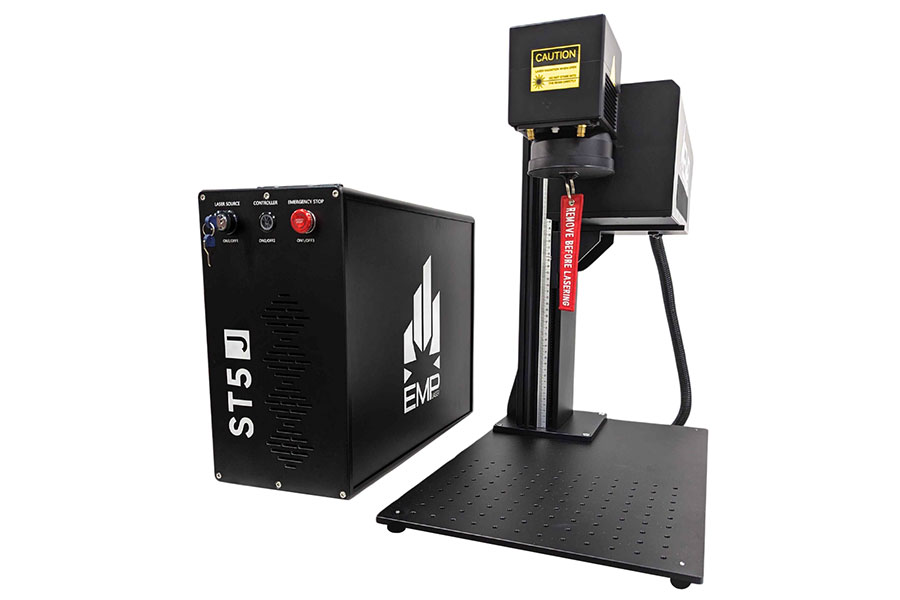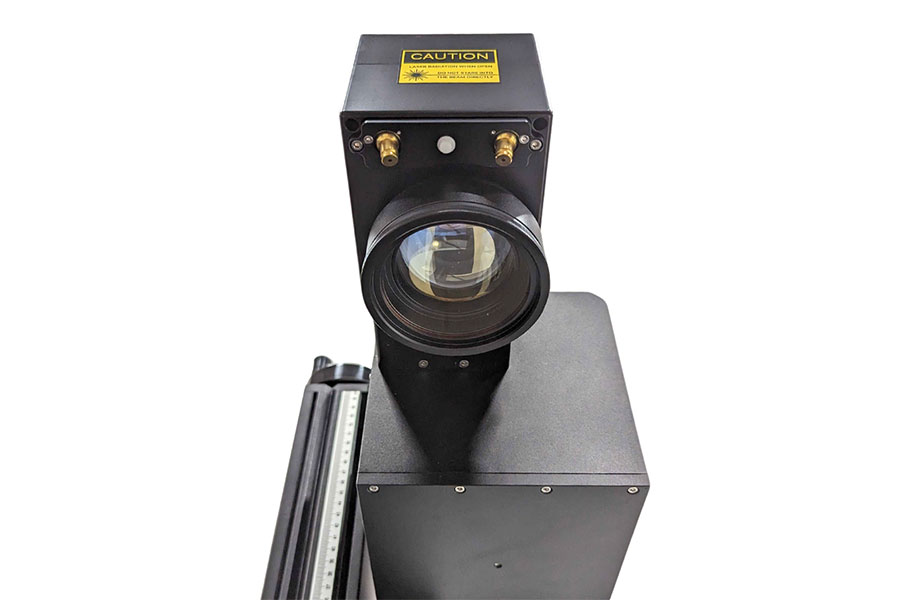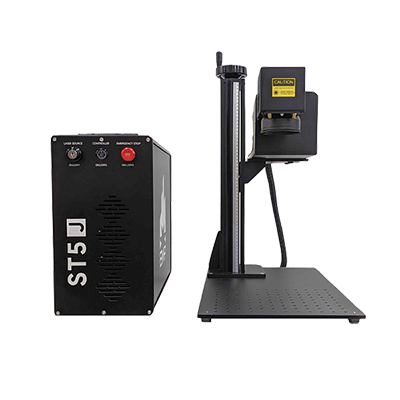When deciding between a UV or traditional fiber laser, it's important to consider the intended uses and applications for your machine. Before making a final selection, consider the following:
What is the sensitivity of your material?
UV lasers are ideal for use on plastics, resins, reflective metals, and generally heat-sensitive materials that generally aren’t compatible with fiber lasers. Ask yourself if you will primarily be lasering wood, acrylic, and common metals; or plastics, resins, or reflective metals/coatings?
How precise is the application you will be running?
If you are seeking to commit to deeper, larger engraves or cuts, a fiber laser may be the best choice for you. If the intention is to create very fine and intricate designs, a UV laser will provide you with superior precision due to their shorter wavelength.
What is the cost and maintenance?
Generally, UV lasers are more expensive upfront. However, they can be considered an investment with greater returns due to the benefits they provide with higher precision, lower thermal impact, and material viability that often justifies the investment for more specific applications.
